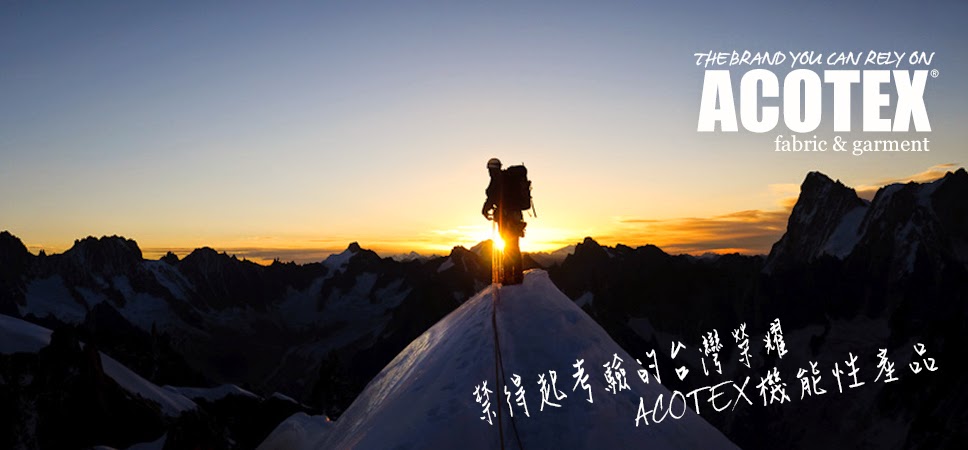何謂Tencel®天絲棉
TENCEL® 是全球知名lyocell纖維的品牌名稱,是取材於天然的人造纖維。TENCEL® 是舒適的代表之一,休閒但細緻。它有天然纖維的透氣舒適,也有類似人造纖維的耐久性,極容易打理的功能,其柔軟、垂墜、平滑及耐用之特質正是TENCEL® 獨有的。
從優雅而垂墜感高的針織品到柔性舒適的針織品,幾乎都可以見到TENCEL®的名稱。
TENCEL®的製造:
TENCEL纖維是從木漿中的天然纖維素提煉出來,它的原料是100﹪植物纖維,由純化的精製木漿所製成,而製作這些木漿的原料木材,又來自於由森林標準委員會所認可管理的森林。TENCEL纖維是由長鏈纖維素分子,所組成高結晶結構組織,因此具有高強度、高純淨度,並在濕態中仍然能維持原有的化學性質。
TENCEL®在製造過程中會使用到NMMO溶劑,此溶劑幾乎可以全部回收再使用,大大減低了對環境的汙染,且其原料為天然纖維素,在無使用價值棄置後較容易自然分解,不會造成環境負擔,所以也被稱做環保纖維的一種。
由TENCEL纖維所製成的產品都是可被生物分解的,這對於拋棄式不織布產品的使用量日漸增加後,所必定會造成的垃圾處理問題,提供了一個解決的好方法。
TENCEL®的特色:
提供了 獨一無二的優點,結合了人造纖維與天然纖維的優點。同時具有絲綢的柔軟、聚酯纖維的堅韌、天然麻的涼爽、羊毛的溫和柔軟以及和棉相當的吸水性。可以算是當時具有突破性的纖維。
(前往了解認識聚酯纖維)
TENCEL是當代舒適的代表,休閒但細緻。兼具天然纖維的透氣舒適,也有人造纖維的耐久性極容易打理的功能,其柔軟、垂墜、平滑及耐用之特質,只有TENCEL才能同時擁有。從優雅而垂墜感高的針織品到柔性舒適的梭織品。天絲纖維擁有絕佳的吸濕功能,也具有最佳的肌膚親和特性。
TENCEL纖維也很容易與其他纖維混合製作不織布,在梳棉時不需要很多前置作業,而成形網的形狀也相當一致性,具有良好的內聚力,並且沒有棉結。TENCEL纖維能有效達成低丹尼,而且不會對纖維造成什麼損害。對於樹脂黏合不織布,TENCEL纖維的高強度,可以減少黏液的使用量,而能夠增強產品吸收能力及柔軟度,甚至於可以用縫製取代紙漿,以增加強度、吸收力及純度。
What is Tencel®?
Tencel® is the registered trade name for a type of lyocell, a biodegradable material made from wood pulp cellulose. Fabric sold under the this brand specifically is manufactured by Lenzing AG. This material started to grow in popularity in the late 1990s and is now used in a variety of ways. Though the exact characteristics of the material depend on how it's processed, it tends to be durable and soft. Often said to be environmentally friendly, it is fully biodegradable and made from trees managed for sustained harvest.Qualities
This material is very versatile, since it can be manipulated to have a variety of textures. Early Tencel® garments were often compared to rayon in look and feel, but it is now made in a variety of textures including a silky, peach skin, or moleskin feel. Blends with other fibers such as wool, cotton or linen can produce a variety of textures. Garments made with this fabric generally drape well, resist wrinkles, and are fairly durable. Additionally, the fabric is very breathable and moisture wicking, which can make it good for those with sensitive skin.
Cleaning
Most garments made with this material are machine washable. If washed in cold water, they shrink slightly with the first washing, but then won’t shrink in future washes. The cloth also dries quickly, so drip-drying is an alternative to using a dryer. If other fabrics are used in a garment it may require dry cleaning, even though the Tencel® itself does not.
Uses
Tencel® is used in a variety of applications, including men's wear, sheets, and blankets. Since it's absorbent and dries quickly, it is also suitable for towels. Clothes made from this material are often recommended for traveling because they are light and keep their shape well. Tencel® is also available as fabric for sewing, as yarn for knitting or crocheting, and as fiber for spinning. Besides it use as a cloth, it is also used in making bandages, baby wipes, oil filters and carpeting for cars, as well as conveyor belts and plastic parts. In powder or fiber form, this material is used in making specialized papers, as an additive for building materials, and in making foam mattresses.
Manufacturing Process
The fabric is considered a natural rather than synthetic product because it is made from plant material. To make Tencel® wood chips are mixed with a solvent to produce a wet mixture. This is then pushed through small holes to form threads. These are chemically treated, lubricated, and then combed and cut into usable lengths. The lengths of fiber are then spun into yarn and woven into cloth.
Environmental Impact
Manufacturers of the product say that the solvent used, amine oxide, is non-toxic and recycled during the production cycle. Though it is dyed with conventional dyes, which can harm the environment, less dye is needed than for a similar amount of cotton. Studies also show that processing of Tencel® requires less energy and water than that of cotton, and the trees used are usually grown without pesticides. Despite this, shipping the raw materials needed to make Tencel® throughout the world does require a lot of energy, as does the production process.
資料來源 Source: WiseGeek
編排整理 Edited by: ACOTEX Fabric Talks 布料知識庫



0 Comments:
張貼留言